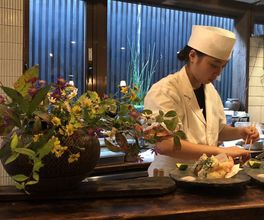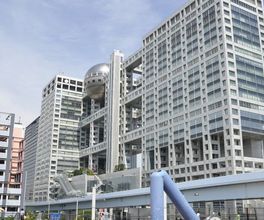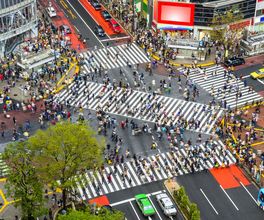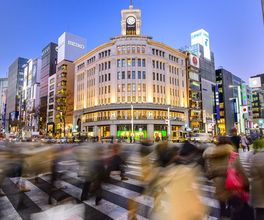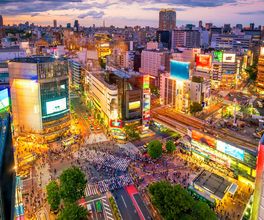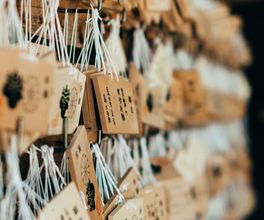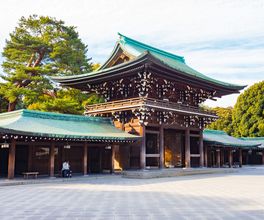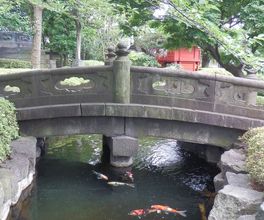




About this experience
Gourmets in Tokyo have a real feast. However, the passwords of good restaurants are either exclusively in Japanese or too overhyped (as often happens with the Michelin-starred establishments from the guide). As a result, the language barrier or excessive popularity, combined with the impossibility of booking a table on the desired day at the desired time, force tourists to snack on whatever comes their way, leaving a sense of dissatisfaction.
Let's fix the situation! With my help, you will reserve a table in advance for a few days or weeks at one of the best sushi restaurants in the Ginza area. I will accompany you during lunch, help you navigate the menu with fish and seafood names. I will also tell you about the history of sushi in its current form and why in the Middle Ages they were considered fast food in the city of Edo (the old name for Tokyo). I will pay for my lunch, if it does not exceed $40 (4,000 yen).
The "best" restaurants in the context of Tokyo are not necessarily the "most expensive". The best sushi restaurants are almost always very small, intimate establishments where the lunch bill will be at least $40-50 per person without drinks (except for a special type of tea always served with sushi).
For those who are cautious about raw fish and sea creatures, I recommend Edomae-style sushi. The fish is marinated in vinegar or soy sauce, in miso paste, or undergoes other processing over several hours, and often the taste only improves without compromising freshness. Everything served to you will be prepared in the best traditions of Japanese cuisine, using only the ingredients/seafood that are most delicious in the current season. I will tell you in detail about seasonality (or "shun") and other important factors in composing menus by the chefs of good restaurants.
Want to order sake or plum liqueur umeshu, or perhaps more familiar wine or champagne if the trip is timed to a specific date? No problem! Some establishments offer very wide wine lists, although imported wines can cost as much as your meal, if not more. But even in this case, staying within $80-100 per person is an easy task if the guide has time to prepare and reserve a table.
Couldn't make a pre-order and calling the coveted restaurants didn't help? Well, even in this case, I will help you not to miss out on delicacies. Hidden upstairs in one of the shopping centers near Ginza, a modest and democratic-looking establishment serves Kyoto cuisine dishes - incidentally, it is this cuisine, not sushi or tempura, "invented" relatively recently, that is the basis of the Japanese diet.
Some items on the menu here are arranged in sets that include several dishes of raw and steamed vegetables, fish or thin slices of meat, soup, and unpolished genmai rice. Based on what will be served to us, I will tell you about the features of Kyoto cuisine.
Didn't make it in time for lunch? In this case, there are options to enjoy local delicacies! We will descend to the basement of one of the large department stores in Ginza, where from hundreds of lunch boxes you can choose what you want: from smoked eel and fish to Kyoto vegetables and premium beef. If you don't find anything you like in the local cuisine, how about French or Italian? It will also be presented in sets, or you will have the opportunity to buy as many grams of your favorite souffle, salad, steak, or lasagna as you want to eat. After receiving the coveted package with food (in which you will find a fork or chopsticks for eating and a wet wipe to clean your hands before the meal without reminders), we will go up to the top floor of the department store, where there are takeout eating areas. We will eat our lunch while looking at the billboards above the Ginza intersection.
Organizational details
- Lunchtime in Tokyo restaurants is from 11:30 to 14:00 (at 15:00, in most establishments, we will be politely asked to vacate, as they will prepare for dinner). The peak lunchtime is from noon to one o'clock. Often it is easier to place an order at 13:00, when most customers return to work after the meal.
- Payment to the guide is made only in the local currency, in Japanese yen, at the Travelex exchange rate center in central Tokyo on the day of the tour. The guide will pay for their lunch themselves — but within 4,000 yen.
